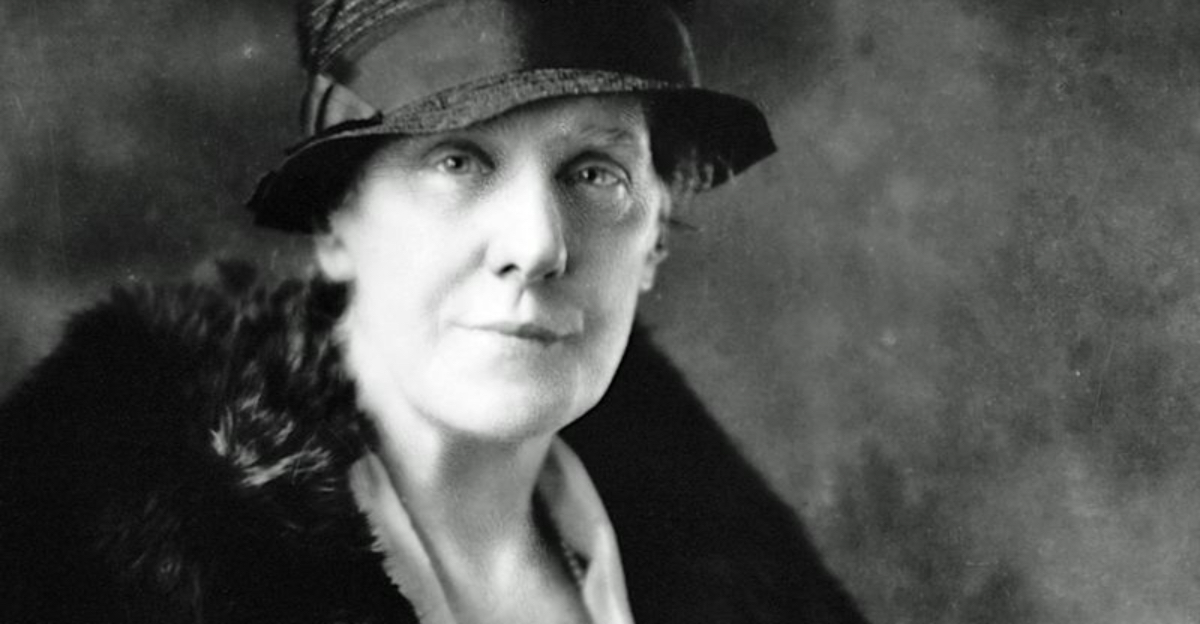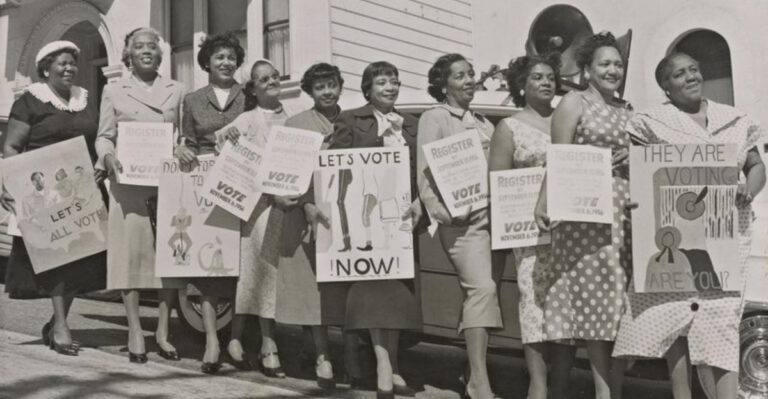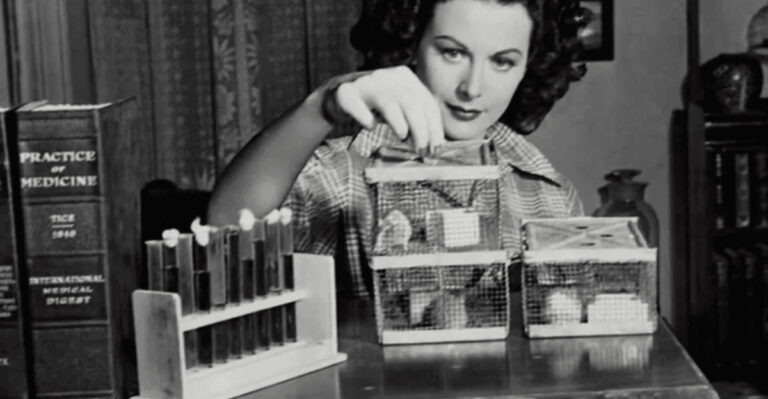15 Things You Probably Didn’t Know About Mother’s Day
Mother’s Day might seem like a modern, flower-filled Hallmark holiday — but its roots run deep, and the story behind it is anything but predictable. From ancient rituals to presidential proclamations, this special day has a fascinating history that few people realize when they’re picking out cards or ordering flowers.
What began as a peace movement has transformed into one of the biggest commercial holidays worldwide, much to the dismay of its founder. Behind the brunches and bouquets lies a complex tale of activism, commercialization, and global traditions that span centuries.
Ready for some surprising revelations about this day dedicated to moms? Here are 15 facts about Mother’s Day that might just change how you celebrate it.
1. Born from Anti-War Activism
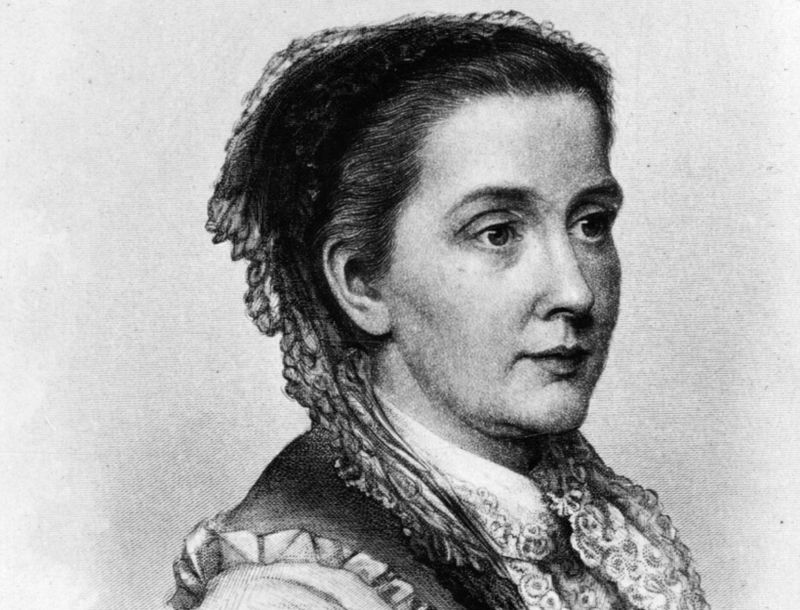
Long before brunches and flower deliveries, Mother’s Day emerged from the ashes of the Civil War. Julia Ward Howe, famous for penning “The Battle Hymn of the Republic,” issued a passionate proclamation in 1870 calling for mothers to unite against sending their sons to war.
Her “Mother’s Day for Peace” was a radical political statement, not a sentimental celebration. She envisioned a day where women would gather to discuss how to promote peace in a world torn by conflict.
Howe organized Mother’s Day meetings in Boston for several years, creating a foundation for what would later evolve into our modern holiday. Her version had no cards or chocolates—just fierce maternal determination to prevent more sons from dying in battle. This feminist origin story rarely makes it into greeting card verses.
2. The Founder Grew to Hate Her Creation
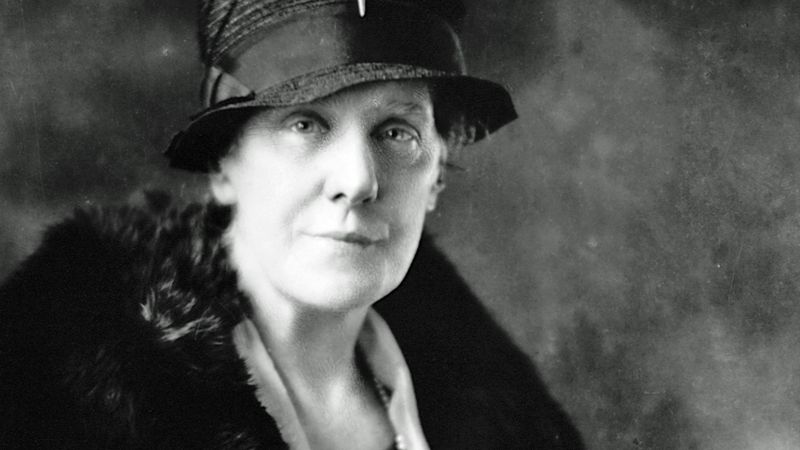
Anna Jarvis, the woman who established Mother’s Day as we know it, eventually became its most vocal critic. After successfully campaigning for a day to honor her late mother Ann in 1908, she watched in horror as florists, card companies, and confectioners swooped in to capitalize on the sentiment.
By the 1920s, Jarvis was spending her inheritance on lawsuits against businesses that profited from Mother’s Day. She once stormed a confectioners’ convention in Philadelphia to protest.
The bitter irony? She died penniless in a sanitarium in 1948, her bills partly paid by those same greeting card and floral industries she despised. The holiday’s commercialization—now generating billions in annual sales—would have broken her heart all over again.
3. Mother’s Day Has a Surprising Grammar Lesson
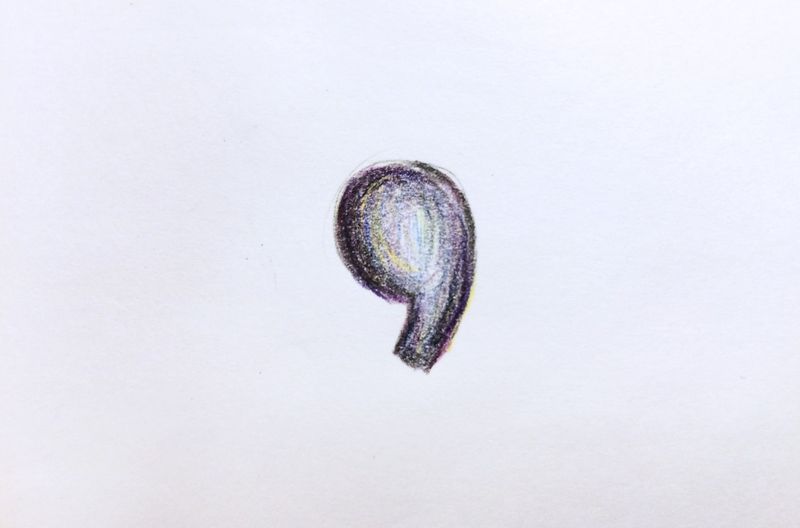
Look closely at the holiday’s name—the apostrophe placement isn’t random. Anna Jarvis intentionally placed it before the ‘s’ to make “Mother’s Day” singular, not plural. This deliberate choice reflected her vision that each family should honor their own mother personally, not celebrate all mothers collectively.
Jarvis fought newspapers, card companies, and even the government when they incorrectly wrote “Mothers’ Day.” To her, this subtle grammatical difference completely changed the meaning and purpose of her holiday.
She wanted children to appreciate their individual mothers rather than motherhood in general. Next time you see the holiday written as “Mothers’ Day,” you’ll know it’s technically incorrect according to its founder’s specific intention—a small detail that spoke volumes about her original vision.
4. Ancient Roots in Goddess Worship

Mother’s Day celebrations didn’t start with greeting cards and breakfast in bed. Ancient civilizations were honoring maternal figures thousands of years ago through elaborate spring festivals dedicated to mother goddesses.
The Greeks paid homage to Rhea, mother of the gods, while Romans celebrated Cybele, their equivalent maternal deity, during mid-March festivals called Hilaria. These celebrations featured temple visits, parades, games, and offerings that lasted for days.
Even the early Christians had a maternal celebration called “Mothering Sunday,” when people would return to their “mother church” for a special service. Servants were given the day off to visit their mothers, often bringing small gifts or a special cake. These ancient traditions show that regardless of era or culture, societies have always felt compelled to honor the maternal figures who sustain life.
5. Presidential Proclamation Changed Everything
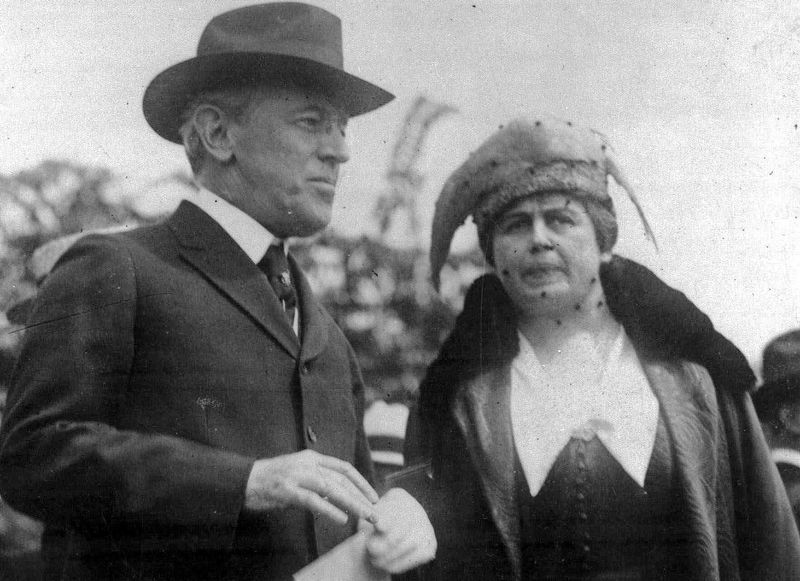
Mother’s Day might have remained a small regional observance if not for President Woodrow Wilson. On May 9, 1914, he signed an official proclamation establishing the second Sunday in May as Mother’s Day—the first nationally recognized holiday specifically honoring American mothers.
Wilson’s proclamation came after years of persistent lobbying by Anna Jarvis. The president framed the holiday as a time for Americans to publicly express their love and reverence for mothers by displaying the flag as a “public expression of our love and reverence for the mothers of our country.”
What’s fascinating is that this happened just as America stood on the brink of entering World War I—a stark contrast to Julia Ward Howe’s original peace-focused vision. Wilson’s endorsement transformed a grassroots movement into a permanent fixture on the American calendar, forever changing how we celebrate.
6. Carnations Have a Secret Color Code

Those carnations commonly associated with Mother’s Day aren’t just pretty flowers—they’re actually communicating something through a largely forgotten color code. Anna Jarvis distributed white carnations at the first official Mother’s Day service in 1908 because they were her mother’s favorite and symbolized purity of maternal love.
Soon after, a touching tradition emerged: red or pink carnations honored living mothers, while white carnations commemorated those who had passed away. This subtle yet meaningful distinction allowed people to visibly show their maternal status without saying a word.
Florists embraced this symbolism, which helped carnations become the official flower of the holiday. Though many modern celebrants have forgotten this color-coded meaning, some still observe the tradition—a silent language of maternal love and remembrance that transcends words.
7. Japan’s Version Gets Artistic

In Japan, Mother’s Day isn’t just about flowers and cards—it’s become an opportunity for children to showcase their artistic talents. Japanese children often create hand-drawn pictures of their mothers that get entered into art contests held nationwide during the celebration.
The holiday arrived in Japan after WWII during the American occupation and quickly merged with local traditions. Rather than adopting American-style commercialism, many Japanese families focus on handmade gifts and carnations—which have become so popular that nearly one-third of Japan’s annual carnation production is purchased for this single day.
Another unique Japanese tradition? Children often wake up early to help prepare a special breakfast featuring symbolically red foods like strawberries or red rice. The emphasis on creativity and personal expression makes Japan’s Mother’s Day celebration distinctively heartfelt despite being borrowed from Western culture.
8. Ethiopia’s Three-Day Maternal Festival

While most countries celebrate Mother’s Day for just 24 hours, Ethiopia turns it into a multi-day extravaganza called Antrosht. This vibrant celebration occurs at the end of the rainy season (typically in fall) and involves three days of feasting, singing, and dancing.
Daughters traditionally bring vegetables and cheese, while sons contribute meat, including lamb or bull. Together, families prepare a massive feast where mothers are honored as the central figures. The celebration includes elaborate butter-infused coffee ceremonies and mothers blessing their children.
What makes Antrosht particularly special is how deeply it’s woven into Ethiopia’s cultural fabric rather than being a commercial import. The festival’s ancient origins connect to fertility and abundance after the rains, making it one of the world’s oldest and most authentic celebrations of motherhood—a powerful contrast to the greeting-card versions found elsewhere.
9. Mother’s Day Causes Phone Network Overloads

Telephone companies brace themselves every year for Mother’s Day—the single busiest phone day of the year. Network traffic typically spikes by more than 37% compared to normal Sundays, causing occasional system overloads despite advanced preparation.
Before cell phones, the volume was so overwhelming that phone companies actively discouraged people from calling on Mother’s Day to prevent network crashes. They ran advertisements suggesting people call the day before or after instead.
The tradition began in the early 20th century when long-distance calls were expensive luxuries saved for special occasions. Though text messages and video calls have somewhat distributed the network burden, voice calling still peaks dramatically. Phone companies have noted that Mother’s Day calls tend to last longer than average—about 8% longer than typical calls, reflecting our tendency to linger when catching up with mom.
10. Mexico’s Musical Mother’s Day Awakening

In Mexico, Mother’s Day isn’t complete without the soul-stirring tradition of Las Mañanitas—a pre-dawn serenade that kicks off the celebration. Children gather musicians to surprise their sleeping mothers with this traditional Mexican birthday song, often accompanied by mariachi bands right outside bedroom windows.
The May 10th celebration (Mexicans use a fixed date rather than a floating Sunday) continues with massive family feasts that can last all day. Schools typically host elaborate morning festivals where children perform for their mothers, presenting handmade gifts and flowers.
The holiday is so significant in Mexican culture that restaurants are booked months in advance, flower prices triple, and streets near cemeteries become packed as families honor deceased mothers with graveside serenades. This deeply emotional celebration reflects the revered status of mothers in Mexican society—la madre is considered the heart of the family.
11. Postal Service Faces Mother’s Day Madness

Behind the scenes of Mother’s Day celebrations, postal workers handle an astonishing surge in mail volume. The week before Mother’s Day, the United States Postal Service processes approximately 20% more cards and packages than normal—second only to the Christmas holiday rush.
Postal facilities extend working hours and bring in extra staff specifically for this holiday. The tradition of mailing Mother’s Day greetings began almost immediately after the holiday’s official recognition in 1914, with card companies creating specialized designs that quickly became collector’s items.
Interestingly, mail analytics show that Mother’s Day cards are more likely to be mailed earlier than other holiday greetings—suggesting we’re more concerned about being late for Mom than for other recipients. Postal workers have noted another curious pattern: Mother’s Day cards are typically larger and more elaborate than those for Father’s Day, reflecting different cultural expectations for parental recognition.
12. Motherhood’s Surprising Economic Value

If stay-at-home mothers received an actual salary for their work, they’d earn a staggering $184,820 annually according to 2023 calculations by Salary.com. This figure accounts for the 106 hours of work per week many mothers put in across multiple job functions—from chef to chauffeur, teacher to therapist.
Working mothers don’t escape this hidden labor either. Studies show they perform an additional $78,000 worth of household work annually on top of their paid employment. These calculations include the market rate for tasks like childcare, cooking, cleaning, nursing, scheduling, and educational support.
The economic invisibility of maternal labor has serious implications—mothers receive no retirement benefits or Social Security credits for these contributions. Some countries have begun addressing this by providing pension credits for years spent raising children, recognizing that unpaid maternal work subsidizes the entire economy by producing and nurturing the next generation of workers.
13. Rejected Mother’s Day Card Designs Tell Cultural Tales

The Mother’s Day cards that never make it to store shelves reveal fascinating insights about cultural taboos and changing family dynamics. Major greeting card companies maintain archives of rejected designs that were deemed too controversial or unmarketable for their time.
Cards acknowledging single mothers were routinely rejected until the 1970s, while designs recognizing stepmothers or same-sex parents faced resistance until much more recently. One major card company’s archives contain hundreds of designs from the 1950s-60s that were rejected for depicting mothers as anything other than happy homemakers.
Modern rejections often involve humor deemed too edgy—jokes about drinking, disciplining children, or maternal frustration. Card companies now employ cultural sensitivity teams to review designs, recognizing that Mother’s Day can be complicated for many. These rejected designs form an accidental historical record of how motherhood ideals have evolved—and which realities we’re still uncomfortable acknowledging.
14. The Prison Connection No One Talks About

Mother’s Day creates an overlooked surge in another unexpected place—prison visitation rooms. Correctional facilities across America report that Mother’s Day weekend brings their highest visitation numbers of the year, with some prisons seeing triple the usual visitors.
Many facilities have responded by creating special Mother’s Day programs. Some allow extended visits, photo opportunities, or child-friendly activities to make the day less traumatic for the estimated 80,000 mothers currently incarcerated in the U.S.
Several nonprofit organizations coordinate special Mother’s Day bus services to help children visit mothers in distant facilities. Others arrange for children to send recorded messages or facilitate card-making workshops. These programs recognize the painful separation that incarceration creates while acknowledging that maintaining mother-child bonds reduces recidivism and improves outcomes for children—making Mother’s Day in prisons not just compassionate but practical for society.
15. Military Mothers Get Creative with Celebrations

For the approximately 84,000 active-duty military mothers serving in the U.S. armed forces, Mother’s Day often requires extraordinary creativity. Deployed moms sometimes celebrate weeks early or late, depending on mission schedules and communication availability.
Military bases worldwide host special satellite video calls, with some organizing “breakfast in bed” events where children on one continent can watch their mothers receive breakfast delivered on another. Care package companies report that Mother’s Day boxes to deployed female service members have become their fastest-growing segment, with contents often including items that remind them of home.
Perhaps most touching are the “reversed” celebrations, where deployed mothers arrange elaborate surprise gifts for their children back home—sending recorded bedtime stories, personalized video messages, or having local family members execute celebration plans they orchestrated from thousands of miles away. These adaptations showcase the resilience of maternal bonds even across global distances.
16. Flower Industry’s Hidden Environmental Impact

Those beautiful Mother’s Day bouquets come with an environmental price tag few consumers realize. The holiday drives the purchase of over $2.6 billion worth of flowers annually, creating a massive carbon footprint as roughly 80% of flowers sold in the U.S. are flown in from Colombia and Ecuador.
A single bouquet’s journey can generate approximately 9 pounds of carbon dioxide—equivalent to driving a car for 20 miles. The industry’s water usage is equally staggering, with each rose requiring about 3 gallons of water to grow in often water-stressed regions.
Some florists have begun offering more sustainable alternatives: locally grown seasonal blooms, potted plants that continue growing, or bouquets certified by environmental organizations. Others create arrangements incorporating dried elements or even vegetable plants that can be replanted. These eco-friendly options provide ways to honor mom without the hidden environmental costs that traditional Mother’s Day flowers carry.

